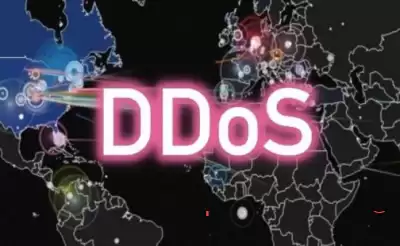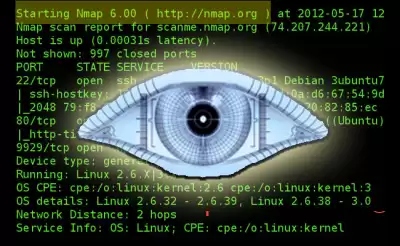What are DDoS attacks and why is it harder to defend from year to year
According to the NETSCOUT Threat Intelligence active threat level analysis system, the largest number of attacks that our partners have ever seen occurred during the pandemic — 4.83 million DDoS attacks in the first half of 2020 (15% more than in 2019). And the frequency of DDoS attacks increased by 25% in the period from March to June.
However, it is worth noting that the number of single-vector attacks in the first half of 2020 decreased by 43% compared to the same period of the previous year. And the number of complex multi-vector (15+ vectors) attacks have increased by 126% over the past year and by 2851% since 2017.



 Spain
Spain
 Portugal
Portugal







